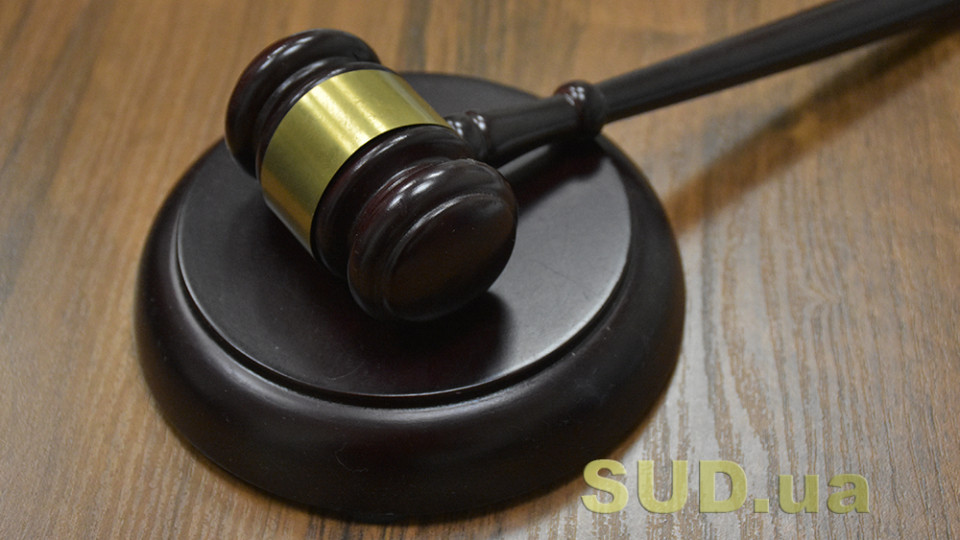 If a person defended himself against the unlawful encroachment of several persons who used violence against him, and was at the same time in a state of strong mental agitation, which arose as a result of the unlawful actions of these persons, then causing the death of one of them and minor bodily injuries to another is considered to have been committed in a state of necessity defense This conclusion was reached by the Supreme Court by the panel of judges of the Third Judicial Chamber of the Criminal Court of Cassation, after considering in an open court session the cassation appeal of the prosecutor against the decision of the Kherson Court of Appeal in criminal proceedings based on the indictment of a person in case No. 658/278/15-k .
If a person defended himself against the unlawful encroachment of several persons who used violence against him, and was at the same time in a state of strong mental agitation, which arose as a result of the unlawful actions of these persons, then causing the death of one of them and minor bodily injuries to another is considered to have been committed in a state of necessity defense This conclusion was reached by the Supreme Court by the panel of judges of the Third Judicial Chamber of the Criminal Court of Cassation, after considering in an open court session the cassation appeal of the prosecutor against the decision of the Kherson Court of Appeal in criminal proceedings based on the indictment of a person in case No. 658/278/15-k . The circumstances of the case
The man found a revolver made by means of self-recycling, as well as cartridges, which he kept at his place of residence.
Being at the entrance of the house and being in a state of strong mental excitement, during a conflict with two men who were in a state of alcoholic intoxication and inflicted blows with their feet and fists on his head and torso, he grabbed a revolver from his bag and, being pressed against on the ground, with a jacket over his head, fired two shots in a row towards the attackers, of which one shot in the head of one of them, inflicting bodily injuries to the latter, which resulted in his death, and the second shot in the torso of the other, inflicting slight bodily injuries to the latter , which led to a short-term health disorder.
According to the verdict of the local court, the man was convicted under Part 1 of Art. 263 (Illegal handling of weapons, ammunition or explosives), Art. 116 (Deliberate murder, committed in a state of strong mental excitement), Part 2 of Art. 125 of the Criminal Code (Intentional light bodily harm).
The local court, in particular, established that the prosecution during the qualification of the actions of the accused under Part 1 of Art. 115 (Intentional murder) and Part 2 of Art. 15 (Attempt to commit a crime), Clause 1, Part 2, Art. 115 of the Criminal Code did not take into account the fact that the victims used physical violence against the accused and caused him physical injuries. Therefore, this court came to the conclusion that there was no direct intent to cause the victim's death in the act, and he was in a state of strong mental excitement, and reclassified the actions based on the episode of intentional killing of the victim under Art. 116 of the Criminal Code, and for the episode of attempted murder of two persons – under Part 2 of Art. 125 CC.
According to the decision of the Kherson Court of Appeal, the verdict of the local court in the part of conviction under Art. 116, Part 2 of Art. 125 of the Criminal Code and the criminal proceedings were closed on the basis of Clause 2, Part 1, Art. 284 of the CCP. In the rest, the verdict of the local court was left unchanged.
The appellate court recognized that the man acted in a state of self-defense and did not exceed its limits.
In the cassation appeal, the prosecutor asked to cancel the decision of the appeals court and appoint a new trial in the court of appeals.
Justifying his demands, he noted that the decision of the appellate court does not comply with the provisions of Art. 419 of the Code of Criminal Procedure, since this court ignored the arguments of the prosecution regarding the need for a critical assessment of the conclusions of experts based on the results of a comprehensive forensic psychological and psychiatric examination. The prosecutor also pointed out that the appellate court, justifying its conclusion by the presence of the necessary defense in the actions of the accused, proceeded only from the testimony given in the appellate court by the convicted person himself, the conclusions of the above-mentioned experts, and at the same time did not provide a proper assessment of the testimony of the victim. In addition, he believes that the appellate court gave a different assessment to the testimony of witnesses.
The Supreme Court left the decision of the Court of Appeal unchanged. The court agreed with the arguments of the appellate court, which noted that according to the factual circumstances established by the local court, the accused during a sudden conflict that arose due to illegal violence by the victims who were in a state of alcohol intoxication and inflicted numerous punches and kicks on him in various parts of the body and head, guided by the motive of stopping the illegal actions of the victims, grabbed a revolver loaded with nine cartridges. At the same time, he was in a kneeling position and, being pressed to the ground, with a jacket over his head, fired two shots in a row. Revoking the verdict of the local court in the part of the conviction under Art. 116 and Part 2 of Art. 125 of the Criminal Code, the appellate court noted that the behavior of the two attackers, the direction of their intent, the intensity and nature of their actions gave the accused, who was defending himself, reasons to perceive the threat as real, and stated that the accused was in a state of necessary defense and did not exceed its limits, which corresponds to 5 Art. 36 of the Criminal Code.



